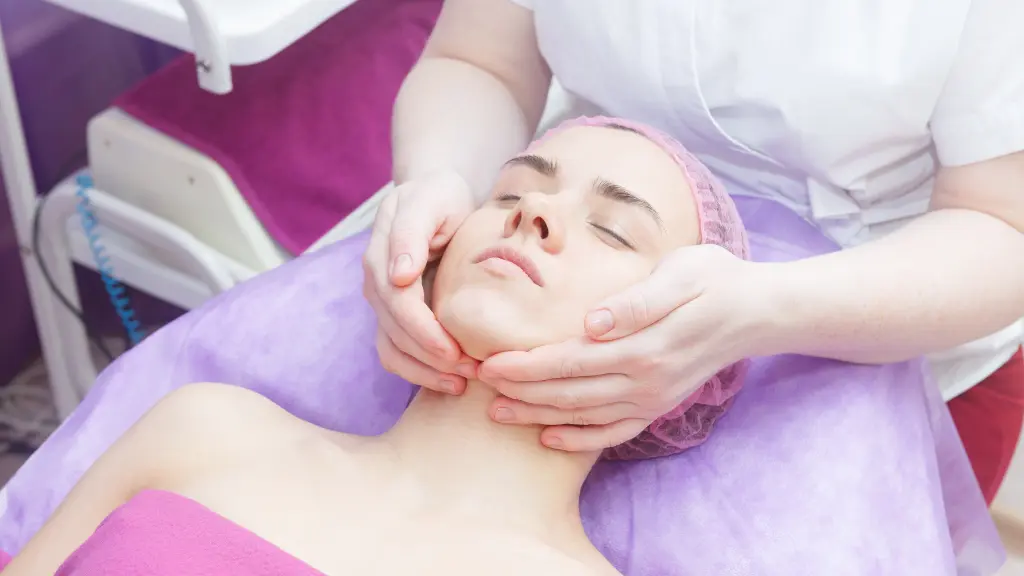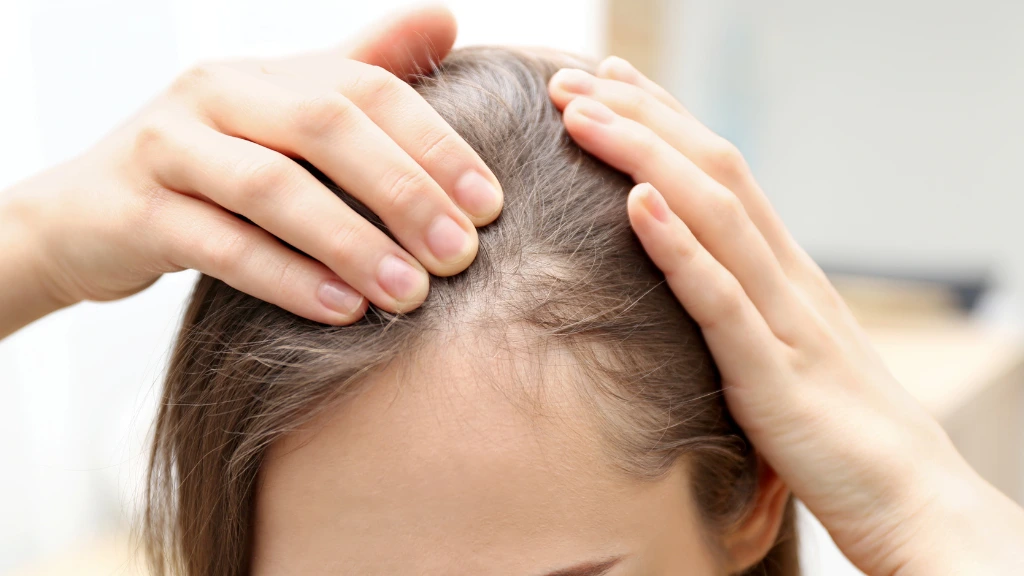Facial aesthetics have gained more attention in recent years. One procedure that’s growing in popularity is buccal fat removal, which targets the fat pads in your cheeks to create a more sculpted look
Whether you’re considering surgery or exploring nonsurgical options, here’s everything you need to know about reducing facial fat.
You May Also Like: SS25 Trend: ‘Army Days’
What Is Buccal Fat Removal?
Buccal fat removal, also called cheek reduction surgery, is a cosmetic procedure designed to remove excess fat from the buccal fat pads in your cheeks.
- Goal: To create a more contoured, sculpted appearance.
- Ideal Candidate: Those with naturally round or fuller cheeks who desire a slimmer facial profile.
The Procedure: What to Expect
1. Consultation
Before surgery, you’ll meet with a board-certified plastic surgeon. They’ll assess your facial structure and discuss your aesthetic goals.
2. The Surgery
- Duration: The procedure typically takes 30 minutes to an hour.
- Anesthesia: Local or general anesthesia is used to ensure comfort.
- Incisions: Small incisions are made inside the mouth, so there are no visible scars.
- Fat Removal: The surgeon carefully removes part of the buccal fat pad.
3. Recovery
- Downtime: Most patients recover within a week.
- Swelling: Mild swelling and bruising are common but subside in a few weeks.
- Results: The final results become visible as swelling decreases, typically within 1–3 months.
Benefits of Buccal Fat Removal
- Enhanced Contouring: Achieve a defined jawline and cheekbones.
- Permanent Results: Once the fat is removed, it doesn’t come back.
- Scar-Free Procedure: Incisions are hidden inside the mouth.
- Quick Recovery: Minimal downtime compared to other facial surgeries.
Risks and Considerations
No procedure is without risks. Buccal fat removal may include:
- Over-removal of fat, leading to a gaunt appearance over time.
- Nerve damage, though rare.
- Infection or prolonged swelling.
Always choose a qualified and experienced surgeon to minimize risks.
Nonsurgical Ways to Lose Facial Fat
If you’re hesitant about surgery, there are nonsurgical options to slim your face.
1. Facial Exercises
Targeted facial exercises can help tone facial muscles, which may give the appearance of a slimmer face.
- Examples: Cheek lifts, jaw clenches, and lip pulls.
- Effectiveness: Works best in conjunction with overall weight loss.
2. Weight Management
Excess facial fat is often linked to overall body weight.
- Balanced Diet: Focus on whole foods, lean proteins, and healthy fats.
- Hydration: Drinking water reduces bloating and helps maintain skin elasticity.
3. CoolSculpting for the Face
CoolSculpting is a nonsurgical fat reduction treatment.
- How It Works: Freezes and eliminates fat cells using controlled cooling.
- Target Areas: Can be used on the chin and jawline to contour the lower face.
- Downtime: Minimal recovery time required.
4. Kybella Injections
Kybella is an FDA-approved treatment for reducing fat under the chin.
- How It Works: Deoxycholic acid dissolves fat cells, which are then naturally eliminated by the body.
- Sessions Needed: 2–4 treatments for optimal results.
- Downtime: Swelling and redness for a few days post-treatment.
5. Ultherapy
Ultherapy uses ultrasound technology to tighten and lift the skin.
- How It Works: Stimulates collagen production, creating a firmer appearance.
- Benefits: Reduces sagging and enhances facial contours.
Comparing Surgical and Nonsurgical Options
| Feature | Buccal Fat Removal | Nonsurgical Options |
|---|---|---|
| Cost | Higher | Moderate to low |
| Downtime | 1–2 weeks | Minimal to none |
| Effectiveness | Permanent | Temporary or gradual |
| Customizability | Tailored to individual needs | May require multiple sessions |
Tips for Maintaining a Slim Face
- Stay Active: Regular exercise helps reduce overall body fat.
- Eat Clean: Minimize processed foods and salt to prevent bloating.
- Sleep Well: Adequate sleep supports healthy skin and reduces puffiness.
- Hydrate: Proper hydration keeps your skin firm and reduces water retention.
Who Should Avoid Buccal Fat Removal?
This procedure isn’t for everyone.
- Underweight Individuals: Removing fat could create a hollowed appearance.
- Older Patients: Facial fat loss occurs naturally with age, and surgery may accelerate a gaunt look.
- Health Issues: Consult a doctor if you have underlying medical conditions.
How to Choose the Right Option for You
- Evaluate Your Goals: Determine if you’re looking for a dramatic change or subtle enhancement.
- Consider Your Budget: Surgical procedures are often more expensive than nonsurgical ones.
- Consult Experts: Speak with board-certified plastic surgeons or dermatologists to understand your options.
Conclusion
Buccal fat removal and nonsurgical treatments both offer effective ways to reduce facial fat. While surgery provides dramatic and permanent results, nonsurgical methods are ideal for those seeking gradual changes with minimal downtime.
Your choice should align with your aesthetic goals, lifestyle, and budget. Consult with professionals to ensure you make the best decision for your unique needs.










